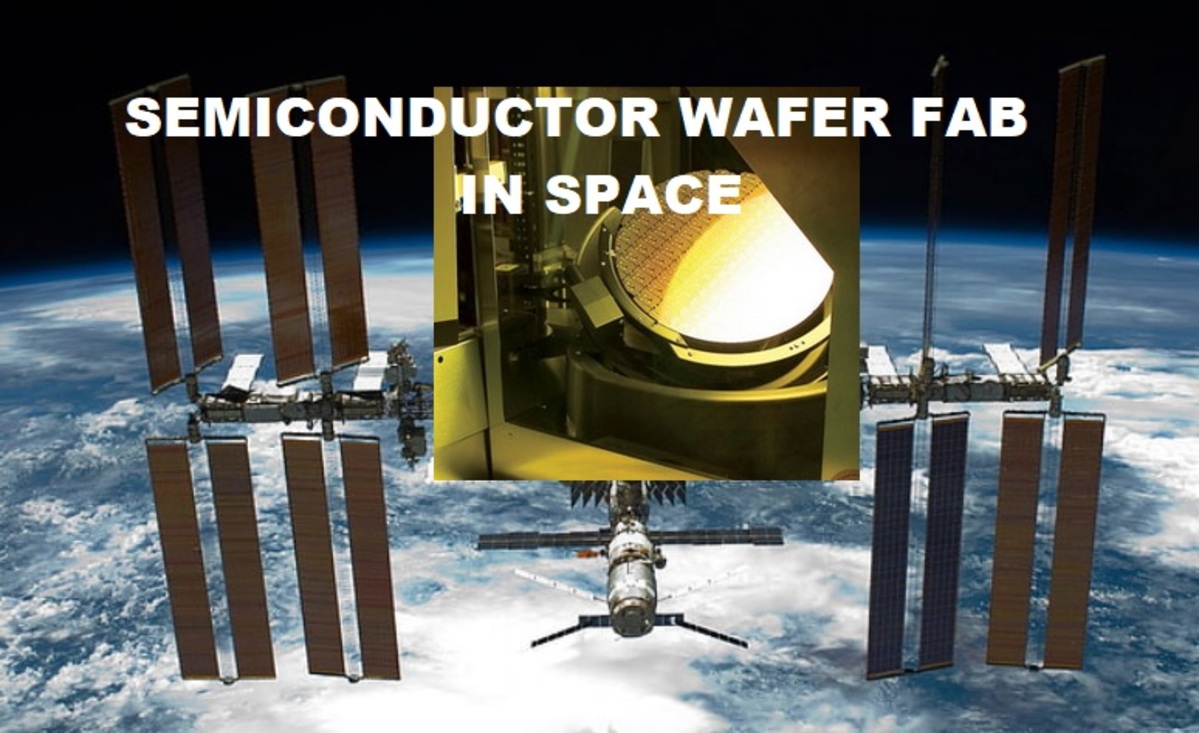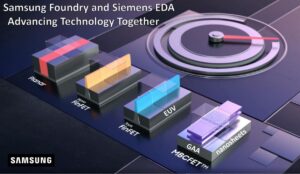Introduction
NASA, globally renowned for its space expeditions, experiments, and research, is advancing its efforts to Semiconductor Manufacturing in Space through a collaborative mission with SpaceX and Northrop Grumman.
The mission, titled NG-20, aims to explore the potential of microgravity in the semiconductor fabrication process. NG-20 was a Northrop Grumman Cygnus spacecraft launched by SpaceX’s Falcon 9 rocket. A key part of the payload was a device called the Manufacturing of Semiconductors and Thin-Film Integrated Coatings (MSTIC) experiment.
Follow us on Linkedin for everything around Semiconductors & AI
Launch Details and Collaboration
On January 30, 2024, at 17:07:15 UTC, the NG-20 mission launched from Brevard County, Florida. The mission utilized SpaceX’s Falcon 9 rocket to carry Northrop Grumman’s Cygnus spacecraft to the International Space Station (ISS).
This collaboration marks a significant step in NASA space research, combining the expertise and resources of SpaceX and Northrop Grumman to deliver crucial hardware and supplies to the ISS.
Shift in Execution Strategy
Traditionally, Northrop Grumman executed entire NASA missions using its rockets and spacecraft. However, due to reliance on foreign technology, which faced bans in the USA, the company shifted to collaborating with SpaceX.
This partnership has allowed SpaceX to dominate the launching of ISS missions from the United States, ensuring the continued success of NASA’s space endeavors.
The NG-20 mission carried a payload of over 3,700 kilograms of supplies, focusing on delivering hardware necessary for various research investigations.
Key projects include 3D metal printing, thermal protection systems, medical operations using surgical robots, Microstructure Thin Film Coatings (MSTIC), and most importantly, semiconductor fabrication.
The mission is expected to be deorbited in July 2024, marking the end of its research phase.
Read More: GPT-4o: 12 Mind-Blowing Use Cases That Change How We Interact with AI – techovedas
The Significance of Semiconductor Manufacturing in Space
Manufacturing in space offers several advantages due to the unique environment of microgravity. In space, the absence of gravity, air, and associated factors such as pollution, sedimentation, buoyancy, surface tension, and hydrostatic pressure creates a stable environment for scientific experiments. This setting allows for the exploration of new manufacturing processes and materials that are difficult or impossible to achieve on Earth.
Read More: How Many Lines of Codes are There in Top Apps: Whatsapp, Tik Tok and MacOS – techovedas
Advantages of Semiconductor Manufacturing in Space
Pure Environment
Semiconductors are typically manufactured in ISO-certified clean rooms on Earth, requiring engineers to wear protective clothing to avoid contamination. Space provides an even purer environment, free from pollutants, enhancing the quality and purity of the semiconductor fabrication process.
Improved Crystal Growth
Microgravity significantly improves the crystal growth process, achieving higher purity levels. Studies have shown that crystal growth in microgravity can enhance physical, electrical, and optical properties by 80%, making it a promising area for semiconductor manufacturing.
Beyond Silicon
The development of wide-bandgap semiconductors, such as silicon carbide and gallium nitride, aims to replace traditional silicon. Space manufacturing could accelerate this transition, producing new materials that offer better performance and efficiency.
High Stability
In microgravity, materials experience containerless processing, leading to higher stability and fewer structural defects. This stability is crucial for the precise manufacturing of semiconductors.
Enhanced Chemical Processes
Space’s pollution-free environment positively impacts chemical processes like doping, oxidation, and deposition. These processes are critical in semiconductor fabrication, and microgravity can lead to more controlled and efficient diffusion of dopant atoms.
Increased Yield
Space manufacturing has the potential to improve overall yield, precision, production quality, and control. Manufacturing processes can harness the abundant solar energy available in space.
Semiconductor Manufacturing in Space: Future Prospects and Challenges
While semiconductor fabrication in space presents numerous benefits, it is not without challenges. The high costs associated with space missions, the need for multiple round trips, and the limited time available for human intervention pose significant hurdles.
Despite these challenges, the potential cost savings are substantial. For instance, semiconductor manufacturing in space could reduce the cost per chip and save billions of dollars for manufacturers by decreasing the number of necessary round trips.
Semiconductor Manufacturing in Space: Automated Manufacturing and Cost Savings
If successful, semiconductor manufacturing in space could be fully automated by 2050, eliminating the need for additional labor and resupply missions. This automation could lead to significant cost savings and streamline the production process.
Read More: AMD to Announce Next-Gen Products on June 3: What to Expect? – techovedas
Conclusion
NASA NG-20 mission, in collaboration with SpaceX and Northrop Grumman, represents a pioneering step towards semiconductor manufacturing in space. By leveraging the unique conditions of microgravity, this mission aims to revolutionize the semiconductor industry, offering improved quality, stability, and efficiency. As research continues, the potential for space-based manufacturing to transform technology and reduce costs becomes increasingly evident.








